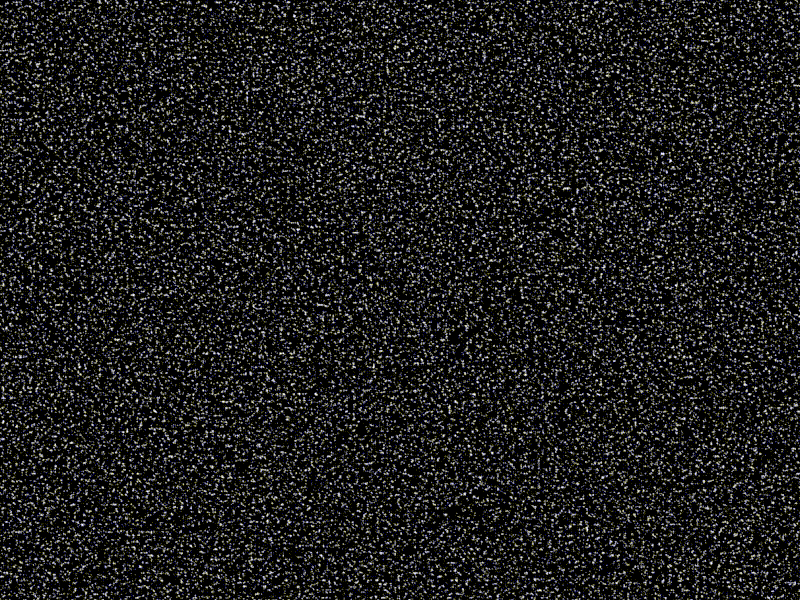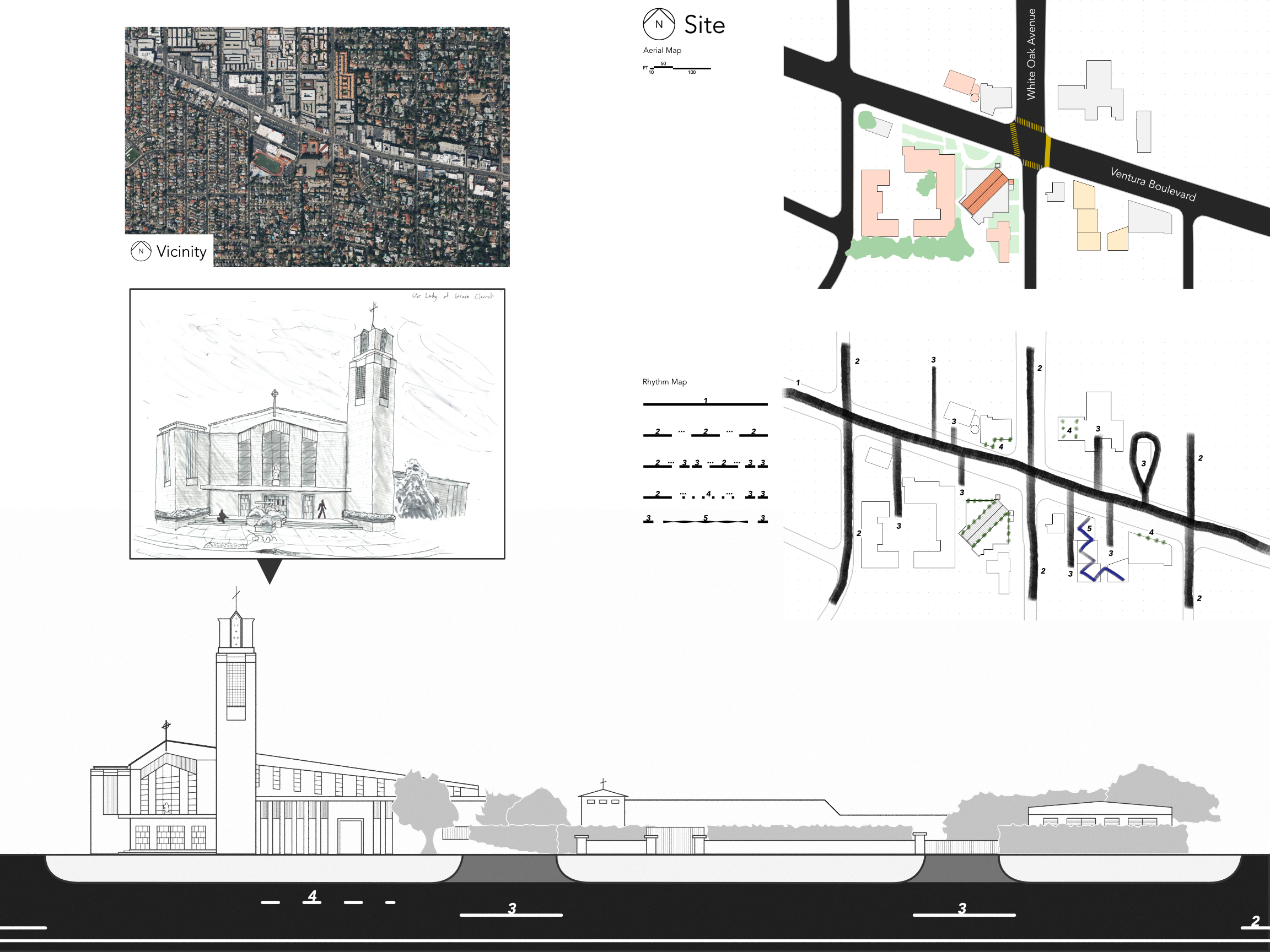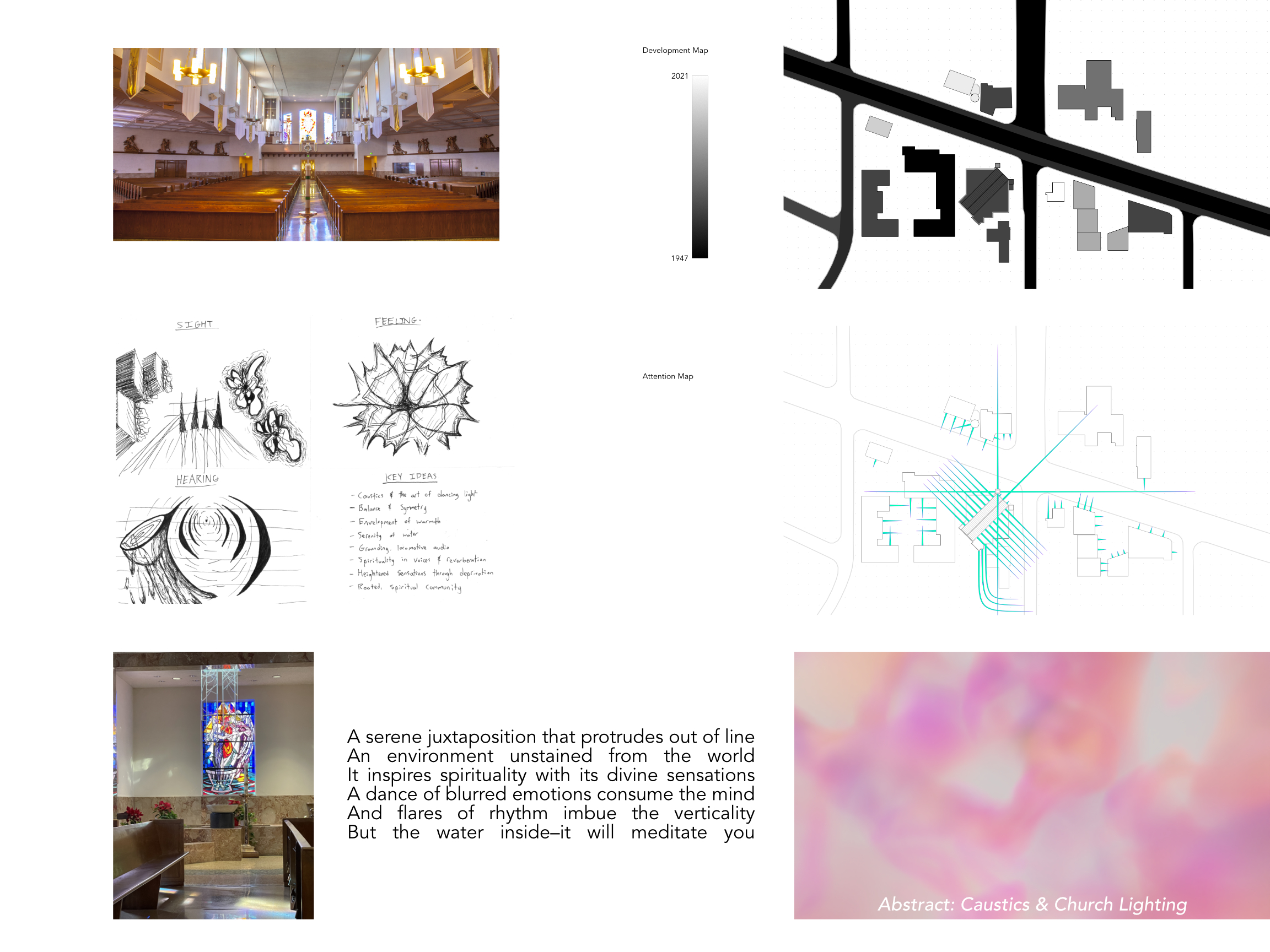
LOADING PROJECT



Context Study: Ventura Boulevard x White Oak Avenue
Encino, California has heavily developed into a suburban city plot within the past 100 years. Originally serving as divisions of farmland before the 1940s, roadways soon created a rectangular grid of infrastructure with the sprawling commerce of Ventura Boulevard that lies smack in the middle of it. South of the 101 freeway consists of thousands of over one-million dollar houses that all feed the "drive-thru" mall that is Ventura. While some of the shops on this street are large chains, most are individual, standalone ones that all consist of a dull "stick-frame glass" architectural dialect; that is, they're all comprised of thinly-framed glass fronts that stand shortly underneath mountainous masses of roofs. This distaste of the busy Ventura environment is further magnified by the high levels of intrusive noise and the static density of temperature in the air.
However, at the intersection where Ventura meets with White Oak Avenue rests a juxtaposed divergence that contrasts the entirety of the rest of the street: Our Lady of Grace Catholic Church. Its height pierces the skyline from hundreds of feet away, towering over the rest of the shorter urban cubism. The spirituality of its interior experience is purely serene, as it entirely blocks out the rushing of cars, loud music, yelling, and horns that you hear throughout Ventura Boulevard; the visuals in this church consume you in blurred emotions with its beautiful and mystifying dance of colored caustics through the overhead colored window panes; and the sensation of touch embraces you in a warm hug when you exit the slightly cold church into the warm sun.
Despite this difference, the layout of the Ventura roads still unify the church with the surrounding buildings. With the site being so heavily car-oriented, a rhythm ensues in the layout of the streets: primary streets always encompass two to three smaller driveway openings (like those of a drive-thru or parking lot entry), which they themselves then encompass vertical elements that repeat in array down the street. See "Rhythm Map" and its accompanying number patterns for more info.
ELAC Architectural Design 202 / March 2022 / with Professors FAIA, D. Michael Hamner and Greg Kachoeff